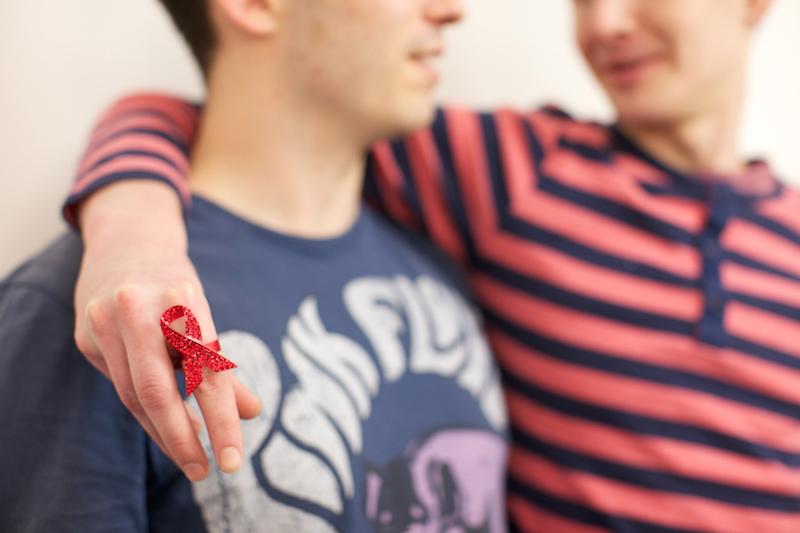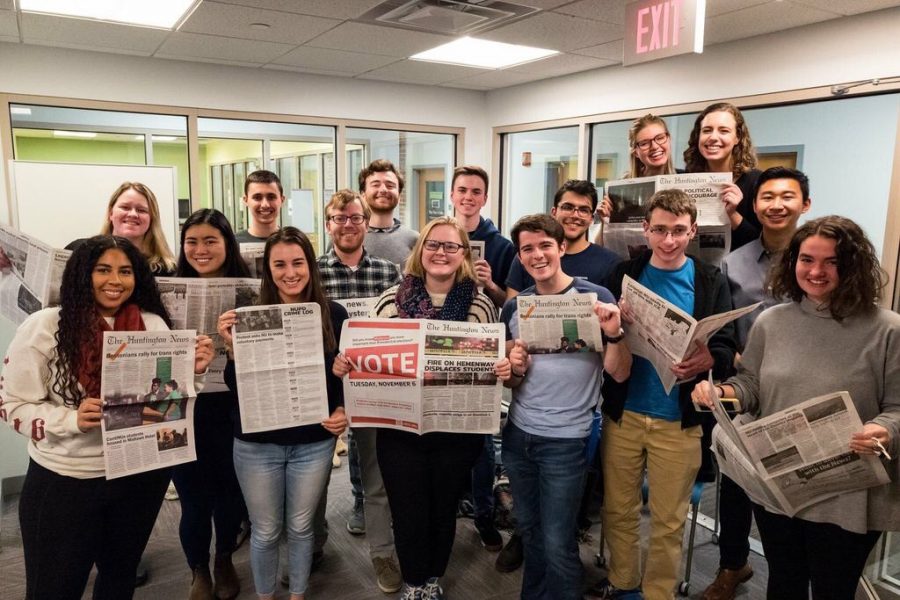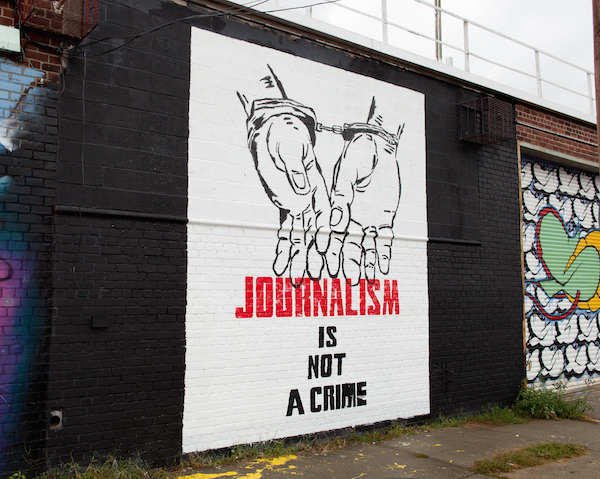Initiated in 1988, World AIDS Day, held on Dec. 1, is dedicated to raising awareness of the AIDS pandemic and mourning those who have died of the disease. This year’s theme, “HIV Stigma: Not Retro, Just Wrong,” focuses on renewing modern efforts to fight factors leading to the virus’s spread and stigma surrounding AIDS. While many Americans think of the disease as belonging to the ’80s and ’90s, it still persists.
The late 20th century was brutal for those most at-risk for HIV, though. LGBTQA+ folks, especially gay and bisexual men, and intravenous drug users died by the hundreds of thousands. According to the Centers for Disease Control, 448,060 individuals out of 774,467 who were reported to have AIDS had died between June 1981 and Dec. 31, 2000.
In a May 2016 article, the Guardian quotes Close to the Knives: A Memoir of Disintegration, the 1991 memoir from David Wojnarowicz, an American artist and gay activist.
“And then death did come, in the most brutal way imaginable,” the piece reads. “The blind terror of life in the plague years: ‘the people waking up with the diseases of small birds or mammals; the people whose faces are entirely black with cancer eating healthy salads in the lonely seats of restaurants.’ One by one, friends die; ‘piece by piece, the landscape is eroding and in its place I am building a monument made of feelings of love and hate, sadness and feelings of murder.’”
Wojnarowicz died from AIDS-related complications only one year after that was published. He was 37.
There is a famous photo of Wojnarowicz that circulates on the Internet from time to time. Although it was taken in 1988, it still finds relevance in modern America. The photo shows Wojnarowicz’s back, proudly displaying a collection of bold, white, capitalized letters, stark against his dark jacket. The words are strategically placed atop a pink triangle, a symbol that originally served to mark gay and lesbian people placed in Nazi concentration camps and was reclaimed by LGBTQA+ activists by the end of the 1970s.
IF I DIE OF AIDS – FORGET BURIAL – JUST DROP MY BODY ON THE STEPS OF THE F.D.A.
Wojnarowicz was buried when he died, though. His grave is at Miller’s Run Cemetery in Pennsylvania.
Wojnarowicz was not the last to die of AIDS in the U.S., nor will he be. According to this year’s White House fact sheet, although HIV diagnoses have dropped overall, progress in reducing the diagnosis disparity in the South has stalled. Homelessness among HIV-positive people has continued to increase, while among gay and bisexual men, three indicators measuring disparities in new diagnoses and HIV-risk behaviors have showed unexpected increases.
Plus is a magazine focusing on people and issues related to HIV. In September, the magazine published an exclusive story on Javier Muñoz, the Broadway actor currently playing the title role in Hamilton: An American Musical and an HIV-positive gay man.
Muñoz was first diagnosed in 2002. He had been in a monogamous relationship with a man in California, and after only two months of deciding to have condomless sex, Muñoz tested positive for HIV. He told Plus that initially, he felt furious and betrayed. He outlined his experience in a speech after receiving the Howard Ashman Award, which honors members of the Broadway community whose art and activism have made a difference in the fight against HIV and AIDS, from Gay Men’s Health Crisis (GMHC).
“I experienced judgment and rejection as I found some semblance of bravery to go out and meet other men and build a life again,” Muñoz said. “I’d made a commitment to be honest and open because my partner hadn’t. I didn’t know how to do that. I didn’t know what it looked like.”
According to Plus, Muñoz’s experience — deep pain, fear and shame — were compounded by the public’s general fear of talking about HIV and the disgrace associated with it.
“[Stigma felt] like the very DNA of the virus,” Muñoz said. “Now that I knew what I was dealing with, I could fight it. In that discovery, I finally realized what it must have felt like in my partner’s shoes in 2002. I had compassion to think what pain he was in. That was a very empowering moment to be able to forgive him. […] Whatever our individual health status is, we are the face of HIV. No one escapes it. We are all HIV.”
According to AIDS.gov, more than 1.2 million people in the U.S. are living with HIV today, and one in eight of them are unaware of their condition. From 2005 to 2014, the annual number of new HIV diagnoses declined by 19 percent. Gay and bisexual men, particularly black men, are most affected. Since the epidemic began in the early 1980s, 1,216,917 people have been diagnosed with AIDS.
In 1981, Fenway Health, the nation’s leading LGBTQA+ health center located here in Boston, made the first diagnosis of AIDS in New England. Today, Fenway Health serves more than 28,000 patients yearly. It has also partnered with the AIDS Action Committee, New England’s largest AIDS service organization, which holds the AIDS Walk & Run Boston as its annual fundraiser. The Multicultural AIDS Coalition in Jamaica Plain, another local group, aims specifically to mobilize communities of color to end the AIDS epidemic.
HIV and AIDS are not a thing of the ’80s and ’90s. They are here, they are real and they need to be addressed. This December, we implore our readers to keep World AIDS Day in mind. Have important conversations. Use the hashtag #HIVNotRetro. Give to local organizations working tirelessly to fight the disease. Get tested. Remember, help, have compassion for, defend and celebrate HIV-positive folks and those most at risk of infection.
Photo courtesy World AIDS Day















